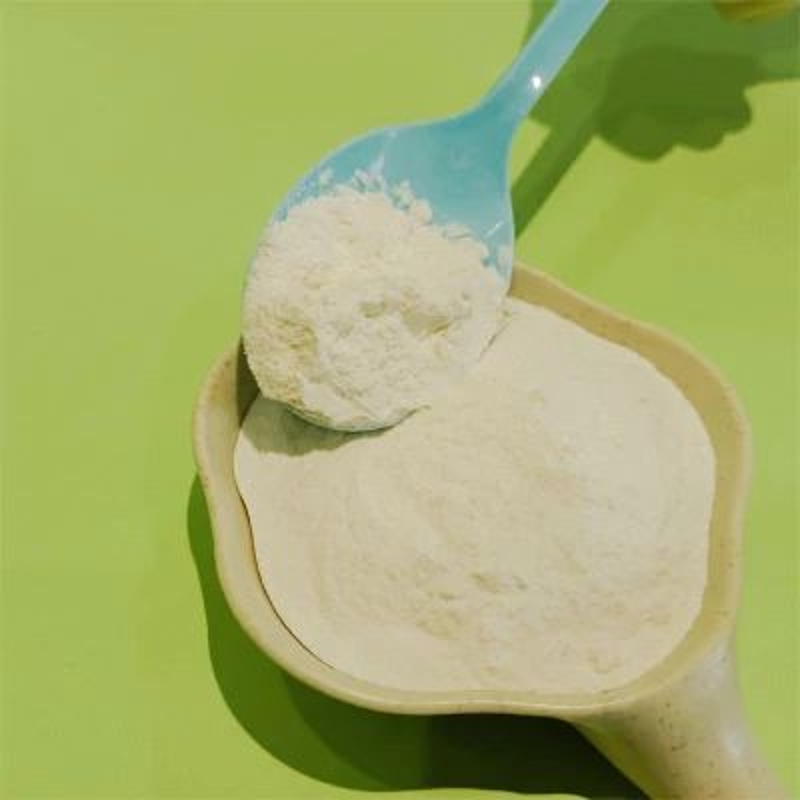-
Categories
-
Pharmaceutical Intermediates
-
Active Pharmaceutical Ingredients
-
Food Additives
- Industrial Coatings
- Agrochemicals
- Dyes and Pigments
- Surfactant
- Flavors and Fragrances
- Chemical Reagents
- Catalyst and Auxiliary
- Natural Products
- Inorganic Chemistry
-
Organic Chemistry
-
Biochemical Engineering
- Analytical Chemistry
-
Cosmetic Ingredient
- Water Treatment Chemical
-
Pharmaceutical Intermediates
Promotion
ECHEMI Mall
Wholesale
Weekly Price
Exhibition
News
-
Trade Service
The FAO Food Price Index averaged 93.2 points in June 2020, about 2.2 points (2.4 per cent) higher than in May and the first month-on-month increase since the beginning of the year.
Given the market uncertainty caused by CORONAvirus disease (COVID-19) in 2019, vegetable oil, sugar and dairy prices rebounded to multi-month highs after a sharp fall in May, while most prices remained under pressure in the grain and meat markets.
fao grain price index averaged 96.9 points in June, down slightly (0.6 per cent) from May and 1.9 points (1.9 per cent) from a year earlier.
, downsweeing pressure on wheat prices intensified, in part because of new harvests in the northern hemisphere and improved production prospects in some major exporters, particularly in the Black Sea region.
of international rice prices fell for the first time since the beginning of the year, but not by much, as some exporters' trade activity slowed to ease exchange rate fluctuations.
of barley and sorghum also fell in June, reflecting a generally good outlook for production in weak global import demand.
, corn prices, which have fallen for months, were stronger in June, supported by a recovery in demand and unfavourable U.S. planting conditions.
's vegetable oil price index averaged 86.6 points in June, recovering 8.8 points (11.3 percent) after four straight months of declines.
rebound in the index mainly reflected higher palm oil prices, while soybean oil, sunflower oil and rapeseed oil prices also rose.
International palm oil prices surged in June for two reasons: a recovery in global import demand as a result of the easing of COVID-19-related embargo measures by many countries, and a concern about the chronic shortage of migrant labour and possible production setbacks.
while recovering global demand has also supported other vegetable oils, soybean and sunflower oil prices have responded to limited export supplies from major exporters.
in the case of rapeseed oil, demand for a recovery in the EU biodiesel industry has also held up prices.
's dairy price index averaged 98.2 points in June, up 3.8 points (4.0 percent) from May.
june for the first time since the index fell for the first time in four months, but it is still down 4.6 per cent from the same period in 2019.
prices for all dairy products represented by the index rose across the board, but not as high as before the outbreak.
demand for spot supply has risen again, particularly in the Middle East and East Asia, supported by recent price increases due to reduced seasonal supply in Europe and limited availability of uncommitted supplies from Oceania.
FAO Meat Price Index averaged 95.2 points in June, down slightly (0.6%) from May and 6.1 points (6.0%) from June 2019.
international poultry and beef prices both fell, mainly due to increased export supplies from major sources, even as China and the Middle East ordered large import orders.
, pork prices recovered slightly, largely due to a recovery in Europe on expectations of easing restrictions on the COVID-19 market.
the price of lamb has risen further strongly as import demand has remained strong and demand for herding in Oceania has tightened.
the FAO Sugar Price Index averaged 75.0 points in June, up 7.2 points (10.6 per cent) from May.
surge in crude oil prices has strongly supported the sugar market, prompting Brazilian sugar mills to invest more sugar cane to produce ethanol rather than sugar, affecting sugar export supplies.
addition, recent reports of bottlenecks in Brazilian ports as a result of measures to control the spread of coronavirus have helped to raise the sugar price index.
Unlike other commodity categories, most of the prices used to calculate the FAO Meat Price Index are uncertain when calculating and publishing the FAO Food Price Index;
this sometimes requires a significant adjustment of the FAO Meat Price Index to produce final figures, which in turn may have an impact on the FAO Food Price Index.
the index's price coverage has been expanded and the base period has been adjusted to 2014-2016, effective July 2020.
release date: July 2, 2020







